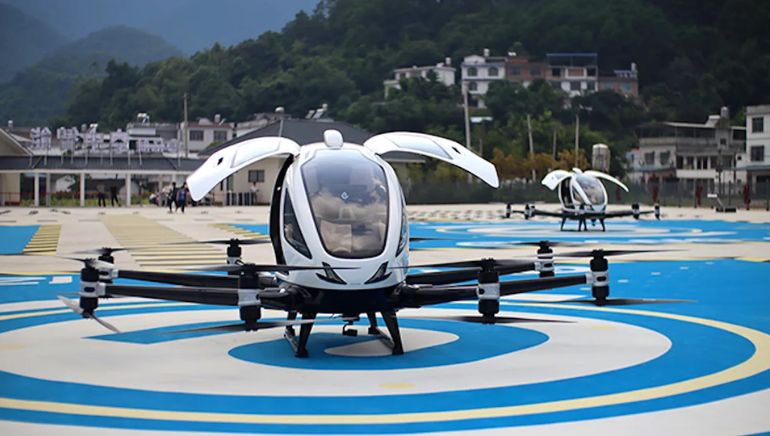The X-ray spectrometer, HEL1OS, onboard ISRO’s Aditya-L1 spacecraft on its maiden solar mission, has captured the first high-energy X-ray glimpse of solar flares, said the space agency on November 7.
The National Oceanic and Atmospheric Administration’s Geostationary Operational Environmental Satellites (GOES) have provided continuous imagery and data on space weather conditions and solar activity since the 1970s.
According to ISRO, the HEL1OS instrument is currently undergoing fine-tuning of thresholds and calibration operations. It is set to monitor the Sun’s high-energy X-ray activity with fast timing and high-resolution spectra. The HEL1OS data enables researchers to study explosive energy release and electron acceleration during impulsive phases of solar flares.
A solar flare is a sudden brightening of the solar atmosphere. These flares are intense bursts of radiation coming from the release of magnetic energy associated with sunspots. Flares produce enhanced emission in all wavelengths across the electromagnetic spectrum – radio, optical, UV, soft X-rays, hard X-rays and gamma-rays. According to US space agency Nasa, these flares can last anywhere between minutes to hours.
HEL1OS was commissioned on October 27, 2023 and it has been monitoring the Sun for hard X-ray activities ever since.






















